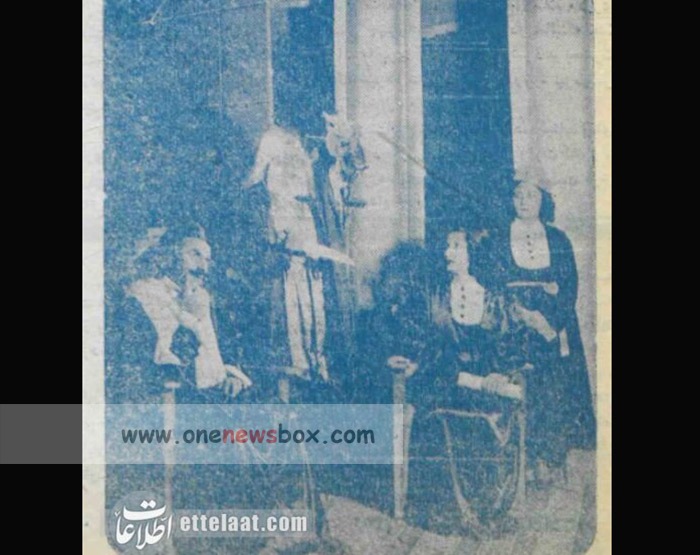The simultaneous staging of these two Shakespearean plays in Tehran was a testament to the city’s vibrant cultural scene in the 1940s. It demonstrated a growing appreciation for the works of Shakespeare, whose universal themes and timeless characters resonated with Iranian audiences. These productions also highlighted the increasing professionalism and ambition of Tehran’s theater community, which was eager to engage with global artistic traditions while also nurturing local talent.
The success of Crown of Honor and The Merchant of Venice can also be seen as a reflection of the broader cultural and social changes taking place in Iran at the time. The 1940s were a period of modernization and transformation, with a growing emphasis on education, arts, and intellectual pursuits. Theater, as a medium that combines storytelling with visual and performative elements, became an important platform for exploring complex ideas and fostering cultural exchange.
Ali Asghar Garmsiri and Abdolhossein Noushin, as directors, played pivotal roles in shaping the trajectory of Iranian theater. Garmsiri’s work on Crown of Honor demonstrated his ability to adapt Western classics in a way that resonated with Iranian sensibilities, while Noushin’s The Merchant of Venice showcased his commitment to exploring the deeper philosophical and moral questions embedded in Shakespeare’s works. Both directors were instrumental in elevating the status of theater in Iran and inspiring a new generation of actors and directors.

